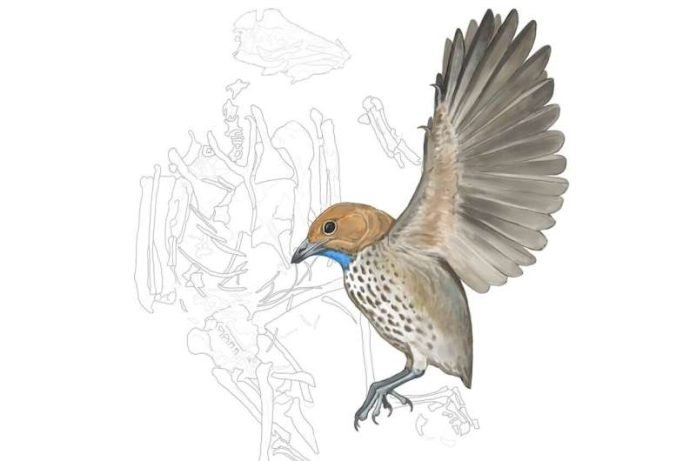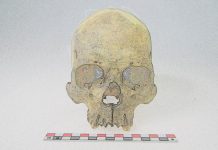
In the journal Cretaceous Research, scientists have introduced a groundbreaking discovery—a fossil bird that marks a significant evolutionary milestone.
Named in honor of the esteemed naturalist Sir David Attenborough, Imparavis attenboroughi, or “Attenborough’s strange bird,” stands out for being the first known bird species to evolve toothlessness.
This discovery challenges previous understandings of bird evolution and sheds light on the intricate history of these creatures, which is more complex than previously thought.
Sir David Attenborough expressed his honor in having this unique and important fossil named after him, highlighting the significance of this find in the broader narrative of bird evolution. Birds, descendants of dinosaurs, have a rich and diverse history, with many early fossil birds sporting beaks filled with sharp teeth.
However, Imparavis attenboroughi deviated from this trend, showcasing an early adaptation of toothlessness that predates previous records by approximately 48 to 50 million years.
Imparavis attenboroughi belonged to the enantiornithines, or “opposite birds,” a group that dominated the avian world until their extinction 66 million years ago following a catastrophic meteor impact.
This group was characterized by their unique shoulder joint structure, distinct from that of modern birds, and their typically toothed beaks. Yet, Imparavis attenboroughi’s lack of teeth sets it apart, suggesting a different evolutionary path within this diverse group.
The fossil, unearthed by an amateur collector near Toudaoyingzi, northeastern China, and donated to the Shandong Tianyu Museum of Nature, sparked interest due to its peculiar features.
Jingmai O’Connor, associate curator of fossil reptiles at the Field Museum and co-author of the study, was initially drawn to the specimen by its unusual forelimb structure. Further investigation revealed that it represented a new species, offering insights into the bird’s potential behaviors and ecological roles.
The study proposes that Imparavis attenboroughi might have been capable of strong wingbeats, similar to those of modern birds such as puffins or quails, suggesting a powerful and agile flyer.
Its toothless beak, however, leaves questions about its diet and feeding strategies, especially since it lacked a gizzard, a digestive organ found in many modern birds.
The researchers also reconsidered the fossil bird Chiappeavis, suggesting it, too, was an early toothless enantiornithine. This finding indicates that toothlessness may have been more common among Early Cretaceous enantiornithines than previously thought.
The decision to name the fossil after Sir David Attenborough was inspired by the profound impact his documentaries have had on public interest in natural sciences.
Both Clark and O’Connor emphasized the importance of Attenborough’s work in raising awareness about the ongoing sixth mass extinction and the critical role paleontology plays in understanding environmental changes and species’ responses to extinction events.
This discovery not only honors Sir David Attenborough’s legacy but also advances our understanding of bird evolution, highlighting the diverse evolutionary experiments within the enantiornithines and their significance in the broader story of life on Earth.
The research findings can be found in Cretaceous Research.
Copyright © 2024 Knowridge Science Report. All rights reserved.



